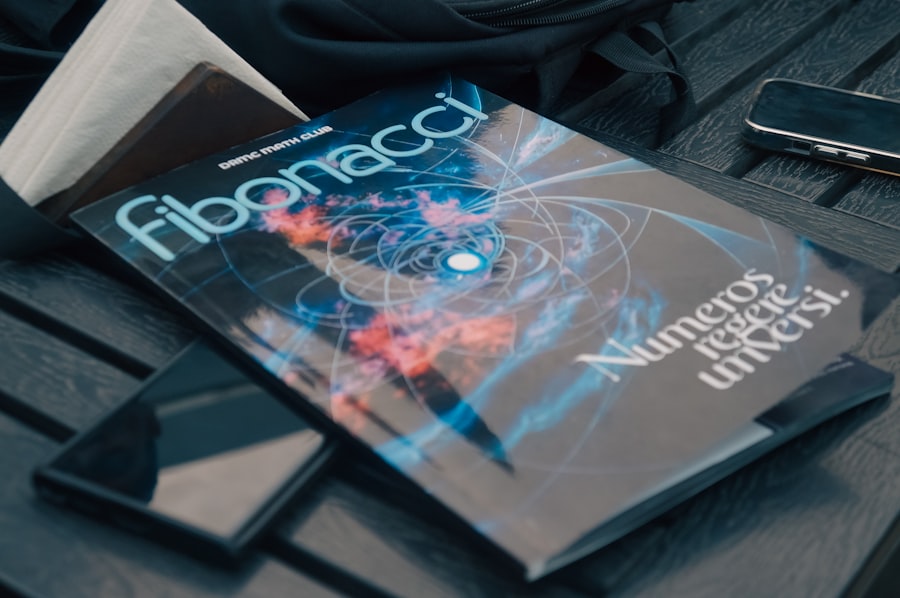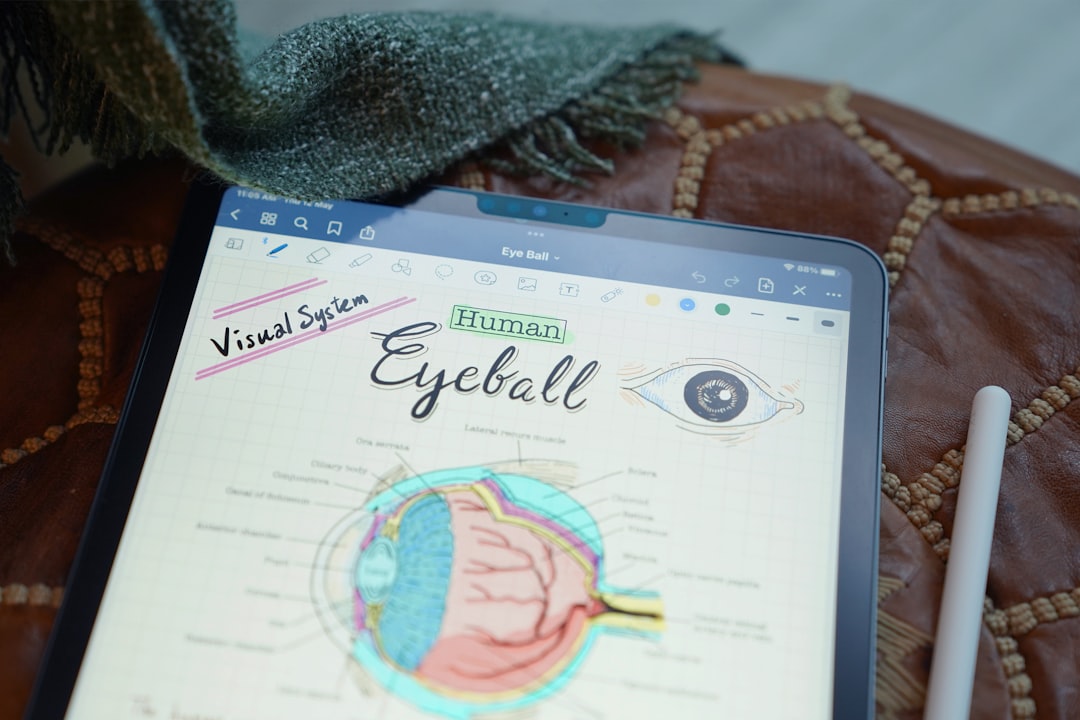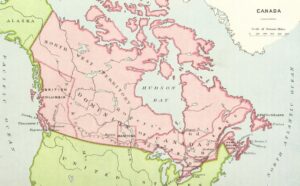Curriculum is a term that encompasses the entirety of educational experiences provided to students within a school or educational institution. It is not merely a list of subjects or courses; rather, it represents a comprehensive framework that includes the content, teaching methods, assessment strategies, and learning outcomes that guide the educational process. At its core, curriculum serves as a blueprint for educators, outlining what students are expected to learn and how they will engage with that knowledge.
This definition extends beyond academic subjects to include extracurricular activities, social skills development, and even community engagement, reflecting the holistic nature of education. In essence, curriculum can be viewed as a dynamic entity that evolves in response to societal needs, technological advancements, and pedagogical theories. It is shaped by various stakeholders, including educators, policymakers, parents, and the community at large.
The curriculum is not static; it is continually revised and updated to ensure relevance and effectiveness in preparing students for the complexities of modern life. Understanding curriculum requires an appreciation of its multifaceted nature, as it intertwines educational philosophy with practical implementation in classrooms.
Key Takeaways
- Curriculum is the set of courses and content taught in a school or educational program.
- Curriculum has evolved over time, reflecting changes in educational philosophy and societal needs.
- The components of curriculum include goals, content, teaching methods, assessment, and resources.
- The purpose of curriculum is to guide and organize the learning process, ensuring students receive a well-rounded education.
- Different types of curriculum include traditional, progressive, and interdisciplinary, each with unique design and focus.
The Evolution of Curriculum: A Historical Perspective
The concept of curriculum has undergone significant transformations throughout history, influenced by cultural shifts, philosophical movements, and advancements in educational theory. In ancient civilizations, such as those in Greece and Rome, education was primarily focused on the transmission of knowledge through oral traditions and classical texts. The curriculum was largely centered around rhetoric, philosophy, and mathematics, reflecting the values of those societies.
As education became more formalized during the Middle Ages, the curriculum expanded to include religious instruction alongside classical studies, emphasizing moral and ethical development. The Renaissance marked a pivotal moment in the evolution of curriculum as humanism emerged as a dominant philosophical approach. This period saw a renewed interest in the arts and sciences, leading to a more diversified curriculum that included literature, history, and the natural sciences.
The Enlightenment further propelled this evolution by advocating for reason and empirical evidence as foundations for knowledge. Educational reformers like John Dewey in the late 19th and early 20th centuries championed experiential learning and progressive education, arguing that curriculum should be relevant to students’ lives and interests. This shift laid the groundwork for modern educational practices that prioritize critical thinking and problem-solving skills.
The Components of Curriculum: What Makes Up a Curriculum?

A well-structured curriculum comprises several key components that work together to create a cohesive educational experience.
Content standards define what students are expected to know and be able to do at various stages of their education.
These standards provide a framework for educators to develop lesson plans and instructional materials that align with desired learning outcomes.
These can range from direct instruction and collaborative learning to project-based approaches and technology integration.
The choice of instructional strategy is crucial as it directly impacts student engagement and comprehension. Additionally, assessment methods play a vital role in curriculum design. They encompass both formative assessments, which provide ongoing feedback during the learning process, and summative assessments that evaluate student learning at the end of an instructional unit.
Finally, the learning environment—whether physical or virtual—affects how students interact with content and each other, influencing their overall educational experience.
The Purpose of Curriculum: What is its Role in Education?
The primary purpose of curriculum is to provide a structured framework for teaching and learning that promotes student development across cognitive, emotional, and social domains. It serves as a guide for educators to ensure that instruction is purposeful and aligned with educational goals. By establishing clear learning objectives, curriculum helps educators focus their teaching efforts on what is most important for student success.
This alignment is essential for fostering a coherent educational experience that builds upon prior knowledge while introducing new concepts. Moreover, curriculum plays a critical role in preparing students for their future roles in society. It equips them with essential skills such as critical thinking, communication, collaboration, and creativity—skills that are increasingly valued in today’s workforce.
A well-designed curriculum also promotes inclusivity by addressing diverse learning needs and cultural backgrounds, ensuring that all students have equitable access to quality education. In this way, curriculum not only shapes individual learners but also contributes to the broader goal of fostering informed and engaged citizens who can navigate an ever-changing world.
The Different Types of Curriculum: Exploring Variations in Curriculum Design
Curriculum design can take many forms, each tailored to meet specific educational goals and contexts. One common distinction is between formal and informal curricula. The formal curriculum consists of structured courses and subjects mandated by educational authorities, often outlined in official documents such as state standards or national guidelines.
This type of curriculum typically emphasizes academic content and standardized assessments. In contrast, informal curriculum encompasses the unstructured learning experiences that occur outside of formal classroom settings. This includes extracurricular activities, community service projects, and social interactions among peers.
Informal learning can significantly enhance students’ personal development and social skills, providing opportunities for experiential learning that complements formal education. Another important distinction is between hidden curriculum and explicit curriculum. The hidden curriculum refers to the implicit lessons learned through school culture, social interactions, and institutional practices—such as values related to punctuality, respect for authority, or competition among peers.
These lessons can profoundly influence students’ attitudes and behaviors but are often overlooked in formal discussions about curriculum design. Explicit curriculum, on the other hand, includes the clearly defined objectives and content that educators intend to teach.
The Future of Curriculum: Adapting to Changing Educational Needs

As society continues to evolve rapidly due to technological advancements and shifting cultural dynamics, the future of curriculum must adapt accordingly. One significant trend is the integration of technology into educational practices. Digital tools have transformed how information is accessed and shared, necessitating a rethinking of traditional curricula to incorporate digital literacy skills alongside core academic subjects.
This shift not only prepares students for a technology-driven workforce but also encourages critical evaluation of information sources in an age of misinformation. Moreover, there is an increasing emphasis on personalized learning approaches that cater to individual student needs and interests. This trend recognizes that learners come from diverse backgrounds with varying strengths and challenges.
By leveraging data analytics and adaptive learning technologies, educators can create customized learning pathways that allow students to progress at their own pace while still meeting essential learning objectives. Additionally, global citizenship education is gaining prominence as educators recognize the importance of preparing students to engage with complex global issues such as climate change, social justice, and cultural diversity. Curricula are being designed to foster empathy, critical thinking, and collaborative problem-solving skills necessary for addressing these challenges on both local and global scales.
In conclusion, the future of curriculum will likely be characterized by flexibility and responsiveness to emerging educational needs. As we navigate an increasingly interconnected world filled with rapid change, curricula must evolve to equip learners with the skills necessary for success in their personal lives and professional endeavors. This ongoing evolution will require collaboration among educators, policymakers, parents, and communities to ensure that all students receive a relevant and meaningful education that prepares them for the complexities of modern life.
If you are interested in exploring the benefits of incorporating holistic practices into education, you may want to check out this article on the incredible benefits of yoga for mental and physical health. Just as curriculum shapes the learning experiences of students, practices like yoga can have a profound impact on their overall well-being. By understanding the connection between mind and body, educators can create a more holistic approach to education that nurtures both academic and personal growth.
FAQs
What is curriculum?
Curriculum refers to the set of courses and content taught in a school or educational program. It encompasses the goals, content, methods, and assessment used to guide teaching and learning.
What is the nature of curriculum?
The nature of curriculum is dynamic and constantly evolving. It is influenced by societal needs, educational theories, and research. Curriculum is designed to be responsive to the needs of students and the demands of the society.
What are the key components of curriculum?
The key components of curriculum include objectives, content, teaching strategies, assessment methods, and resources. These components work together to create a comprehensive educational plan.
How does curriculum impact education?
Curriculum plays a crucial role in shaping the educational experiences of students. It determines what students learn, how they learn it, and how their learning is assessed. A well-designed curriculum can enhance student learning and achievement.
What are the different types of curriculum?
There are various types of curriculum, including formal, informal, hidden, and null curricula. Formal curriculum refers to the planned and structured content taught in schools, while informal curriculum encompasses the unintentional learning experiences. Hidden curriculum refers to the values and beliefs that are implicitly taught, and null curriculum refers to the content that is not included in the educational program.
How is curriculum developed?
Curriculum development involves a systematic process of planning, designing, implementing, and evaluating educational programs. It requires collaboration among educators, administrators, and stakeholders to ensure that the curriculum meets the needs of students and aligns with educational goals.






















+ There are no comments
Add yours